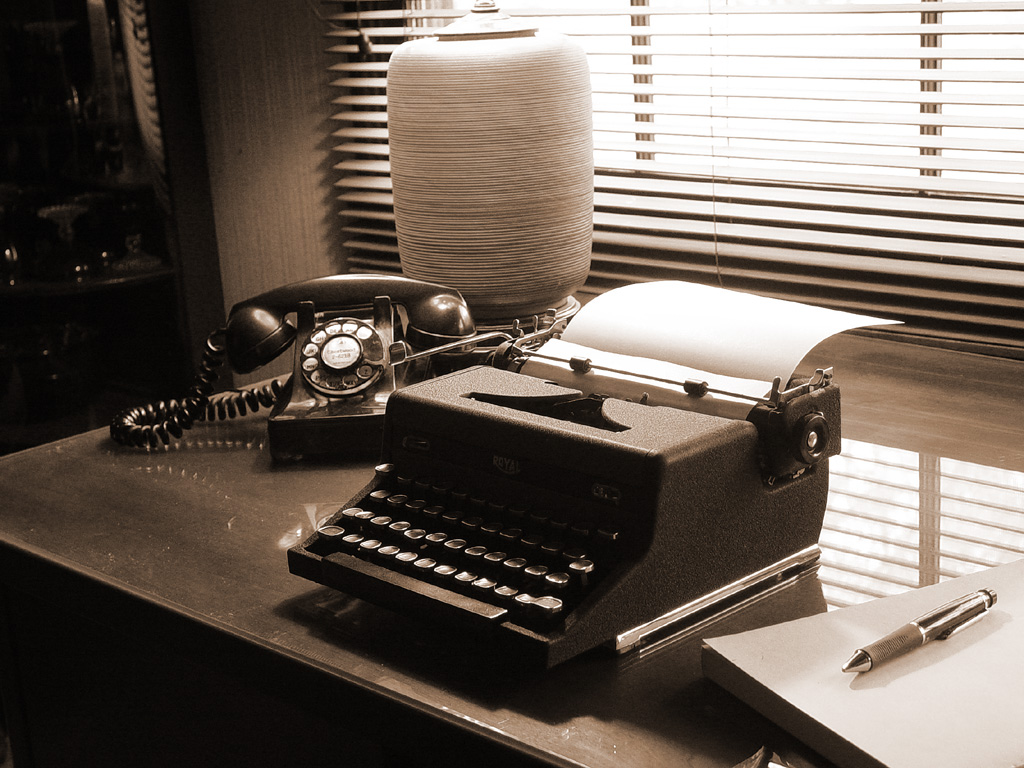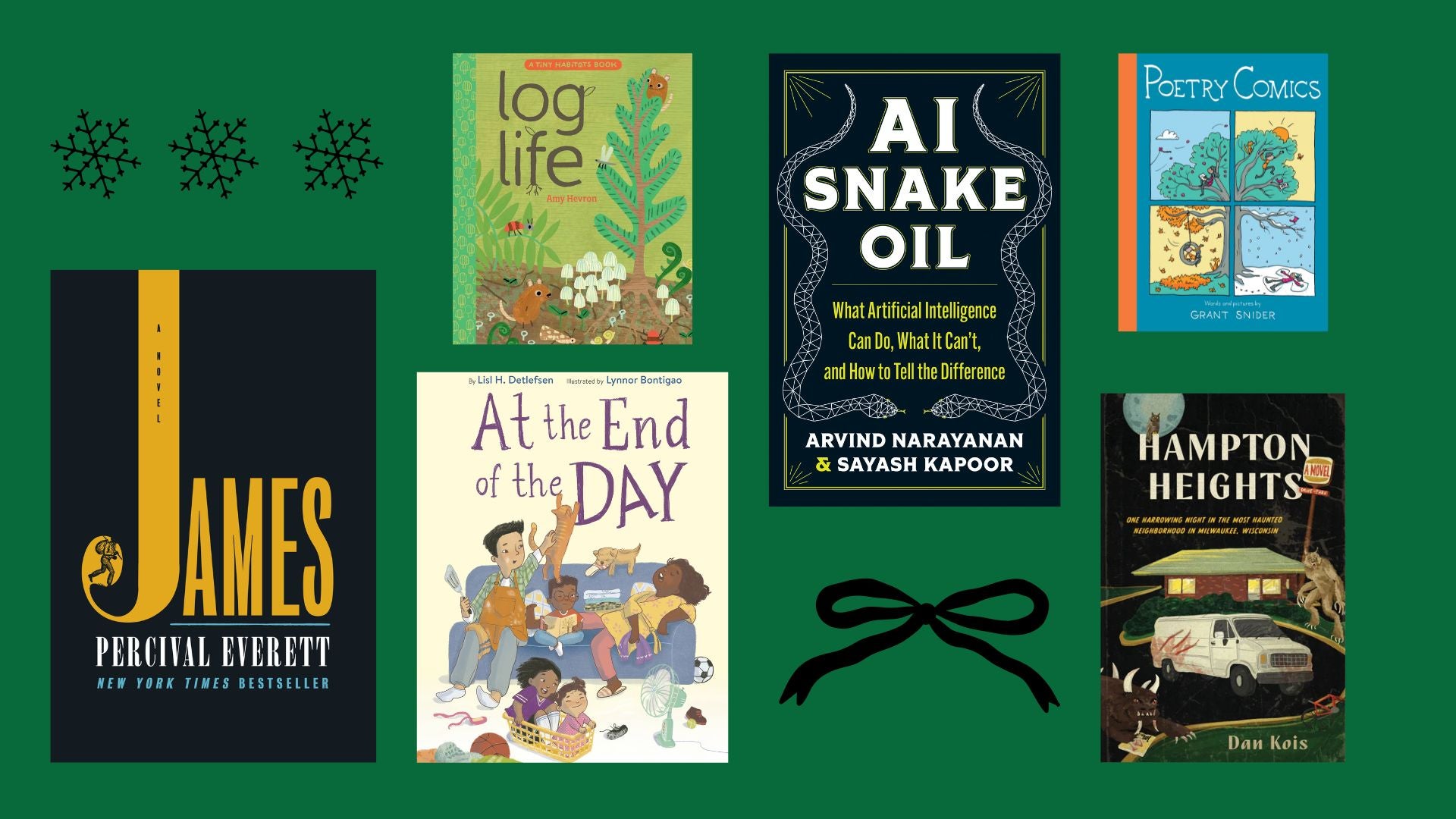In the blistering heat of a Wisconsin summer along Lake Michigan, a drug epidemic has taken over the fictional town of Black Harbor and a killer is on the loose.
“The Unlucky Ones” is the fourth and latest installment in author Hannah Morrissey’s “Midwestern Noir” series. In the book, former police transcriber Hazel Greenlee returns to the bleak Lake Michigan town after the untimely death of her ex-husband, Tommy.
Although Black Harbor cuts against stereotypes of Midwest nice, Morrissey envisions the setting as an “everytown” where people can picture the places they know, both the good and the bad.
Stay informed on the latest news
Sign up for WPR’s email newsletter.
“And as bleak and as bad as Black Harbor is, we all can relate,” Morrissey said. “We can be like, ‘I’ve been there before,’ or ‘I’ve seen that place,’ and it makes it a little bit relatable.”
Morrissey talked about her latest book on “Wisconsin Today,” the creative process and the power of fictional spaces.
The following interview was edited for brevity and clarity.
Kate Archer Kent: You use the term “Midwestern Noir” to describe these books. What is this subgenre?
Hannah Morrissey: We get the Midwest nice, but in my books, it’s the Midwest not-so-nice.
“Midwestern Noir” is this sort of subgenre that my books have carved out for themselves. Scandinavian Noir … is the original genre. In those books, when you look at the elements of them, they’re very crime-ridden, very violent and often in very cold, very remote settings.
And my thoughts were that we have all of that here in the Midwest. We have the cold, the remoteness, we certainly have the atmosphere. I just wanted to bring those elements of Scandinavian Noir here in the Midwest.
KAK: Black Harbor, sitting on the shores of Lake Michigan, is a really bleak place. Can you explain it to us?
HM: A lot of people ask me why create a fictional town, why not just use an existing city or an existing town? And for me, Black Harbor takes elements of a lot of cities that I know, cities that a lot of us might be familiar with, for the better and certainly for the worse in this case.
I’m so fascinated with these places set on the shore of Lake Michigan, particularly the eroding shoreline. I just love the brutal cold, the bone-chilling atmosphere.
And I love setting characters in that place to see how they react to those elements and how they react to each other. There’s a line in the book, or in one of the books, that if the people don’t kill you, the elements will.

KAK: Taxidermy makes this book a whole lot scarier, with these animal eyes staring back at your characters. Did you read up on taxidermy to write about it, or why taxidermy?
HM: Taxidermy surprised me as an element in the third book, “When I’m Dead.” That was when taxidermy really came out. We do see it in the first book, because Hazel’s husband at the time is into hunting.
And there’s a line in “The Unlucky Ones” about how this is Wisconsin, and a lot of people’s ideas of interior decorating is putting a deer head on the wall. I’m fascinated, because I think it’s kind of morbid that we do that, that we hunt animals and put their carcasses on our walls and our mantles. But it’s so widely accepted.
Taxidermy really came up as a strong element in book three, “When I’m Dead,” and continued throughout “The Unlucky Ones.”
I did a lot of reading. I know more about different kinds of fills, like using sawdust, than I ever cared to know.
KAK: How do you map out a whodunit as a suspense writer?
HM: I am not a plotter. I sometimes wish I was, but the story unfolds. I’m like a discovery writer, where the story reveals itself to me the more I write.
And sometimes, like in “The Unlucky Ones,” I knew right away that I’ll kill Tommy. That’s how the book opens. I’ve gotta have this banger opening. It’s Hazel’s ex, so it’s going to bring her back. I knew he was going to die. But it’s rare that I know who did it.
I’m always very happy when it happens, though. It can be frustrating, but it always works out great when I change my mind because I’ve probably written this book maybe all the way through or three-quarters of the way through, thinking it was this person and then realizing it was somebody else. I was so convinced it was this other character that now I’ve convinced the reader that it was too, so now I can have a pretty good twist.




